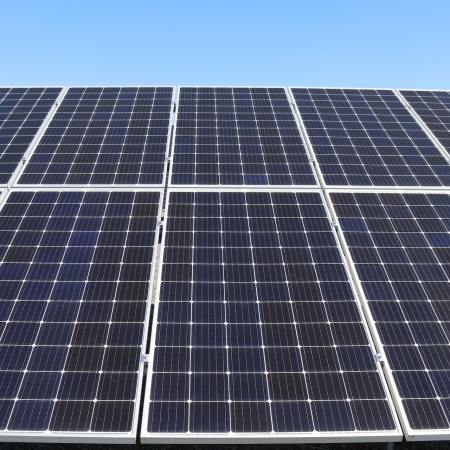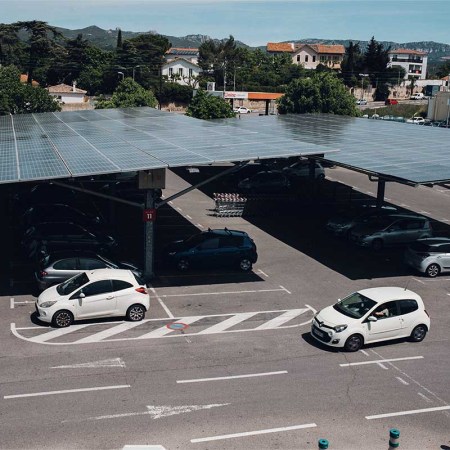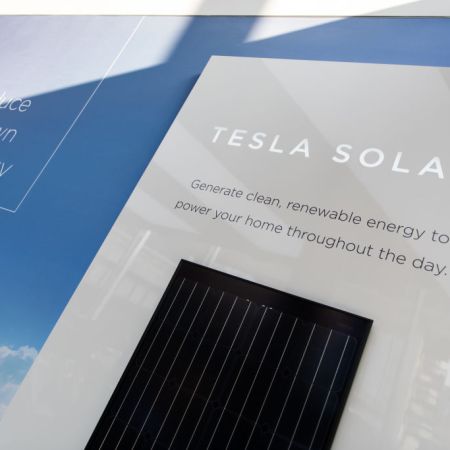We’ve come a long way from a time when seeing solar panels on a residential roof was a rare sight. Now, it’s much more common, whether you’re passing through a rural area, looking over an urban landscape or taking a drive through the suburbs. The industry remains one that’s in flux, but banking on solar is looking like more of a pragmatic position than it did a decade ago.
The latest indication of this comes from EnergySage, a company that runs a marketplace for customers interested in solar power and companies seeking to connect with them. This week, they released data on the first half of 2024, which the company believes represents “a potential solar industry inflection point.” Two significant factors contribute to that: increased demand for energy storage and low solar prices.
“The combination of near-record low prices and more consumer-friendly financing options is creating new opportunities for wider adoption,” said EnergySage’s Director of Insights, Spencer Fields, in a statement. One recent characteristic of that adoption, EnergySage’s data suggests, involves a growing number of solar customers opting to buy external storage along with solar panels. In the first half of the year, 34% of panel buyers in the U.S. also bought storage — with that figure rising to 70% in California.
“The high attachment rates across the country signal that more homeowners are prioritizing energy independence alongside solar as they become more economical,” said EnergySage Senior Research Analyst Emily Walker.
Does the Future of ADUs Involve Solar Power?
One company has an ambitious plan underwaySome geopolitical factors could shake up the industry in the near future, however. Last month, The Guardian‘s Andrew Gumbel and Adam Lowenstein explored the effects of Chinese-made solar panels on the prices consumers are paying. As Gumbel and Lowenstein point out, this is a case where the U.S. government’s tariff policies could have a significant impact on solar prices — which is one more thing to think about as Election Day approaches.
This article was featured in the InsideHook newsletter. Sign up now.



















